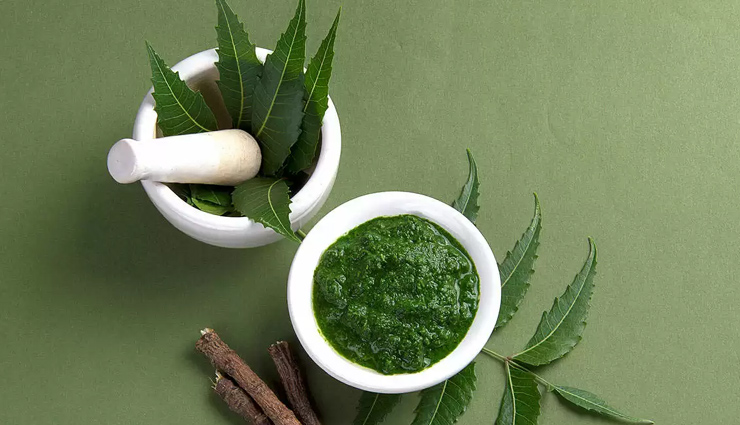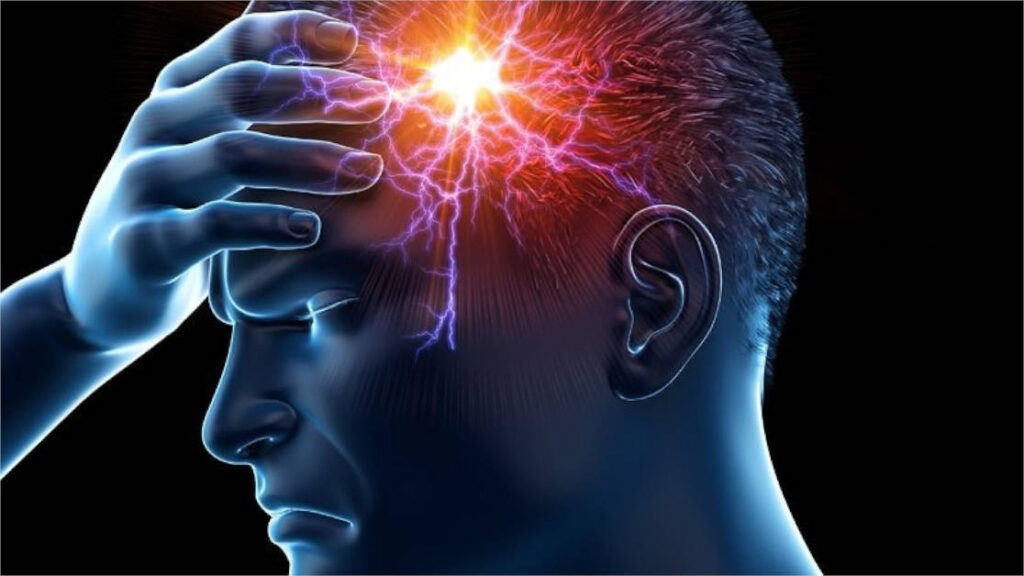Migraine Management: Causes, Symptoms, and Expert Care in Dehradun
Migraine is a debilitating neurological condition that affects millions of people worldwide. It is more than just a headache, with symptoms that can significantly impact daily life. Characterized by intense, throbbing pain, migraines often come with nausea, sensitivity to light, and other symptoms. For individuals in Dehradun, seeking expert help from Dr. Arvind Choudhary – Best Migraine Doctor in Dehradun– can make a significant difference. What is Migraine? Migraine is a complex neurological disorder that manifests as recurring episodes of headache, typically on one side of the head. Unlike common headaches, migraines are often accompanied by additional symptoms such as visual disturbances, nausea, and sensitivity to light and sound. Types of Migraine Migraines are broadly categorized into several types: Migraine Without Aura: The most common type, featuring intense headache without sensory disturbances. Migraine With Aura: Includes visual disturbances such as flashes of light or blind spots before the headache begins. Chronic Migraine: Occurs for 15 or more days per month. Hemiplegic Migraine: A rare type associated with temporary weakness on one side of the body. Symptoms of Migraine Migraines are characterized by a variety of symptoms, which can differ from person to person. Common symptoms include: Severe headache: Usually on one side of the head, but can occur on both sides. Nausea and vomiting: Common during migraine attacks. Sensitivity to light and sound: Bright lights and loud noises can worsen the condition. Aura: Visual disturbances or other sensory changes that precede the headache in some individuals. If you’re experiencing these symptoms frequently, it’s time to consult Dr. Arvind Choudhary – Best Migraine Doctor in Dehradun – for a thorough evaluation. Causes and Triggers of Migraine While the exact cause of migraine isn’t fully understood, it is believed to involve a combination of genetic, environmental, and neurological factors. Common triggers include: 1. Stress: Emotional or physical stress can provoke migraine attacks. Managing stress through relaxation techniques, mindfulness, and proper time management is crucial for reducing the risk of migraines. 2. Dietary factors: Certain foods like chocolate, caffeine, or alcohol are known triggers. Additives such as monosodium glutamate (MSG) and artificial sweeteners can also contribute to migraines. Keeping a food diary can help identify and avoid specific dietary triggers. 3. Sleep patterns: Lack of sleep or oversleeping can trigger migraines. Maintaining a consistent sleep schedule and creating a restful sleep environment can significantly reduce the likelihood of attacks. 4. Hormonal changes: Especially in women, hormonal fluctuations during menstruation or pregnancy, pregnancy, or menopause can act as triggers. Hormone-related migraines may benefit from targeted medical treatments or lifestyle adjustments. 5. Environmental factors: Bright lights, strong smells, and sudden weather changes can provoke migraines. Wearing sunglasses outdoors and using air purifiers indoors may help mitigate these triggers. 6. Dehydration: Not drinking enough water can lead to migraines. Staying well-hydrated throughout the day is essential, especially in warmer climates or during physical activities. Understanding and managing these triggers can help individuals take proactive steps toward reducing the frequency and severity of migraines. Diagnosis of Migraine Accurate diagnosis is crucial for effective treatment. A migraine diagnosis typically involves: Medical history: Discussing your symptoms and family history with a specialist. Physical examination: Checking for neurological abnormalities. Imaging tests: Such as MRI or CT scans, to rule out other causes of headache. For individuals in Dehradun, Dr. Arvind Choudhary provides comprehensive diagnostic services to accurately identify and manage migraines. Treatment Options for Migraine Treatment for migraines aims to reduce the frequency and severity of attacks. The options include: Medications Acute treatments: Pain relievers and triptans to address symptoms during an attack. Preventive medications: Beta-blockers, antidepressants, or anti-seizure drugs to reduce attack frequency. Lifestyle Modifications Stress management: Practicing relaxation techniques such as meditation and yoga. Dietary changes: Identifying and avoiding trigger foods. Sleep hygiene: Maintaining a consistent sleep schedule. Alternative Therapies Acupuncture: Helps alleviate migraine symptoms in some individuals. Biofeedback: Teaches you to control physiological functions to reduce migraine attacks. Why Consult Dr. Arvind Choudhary for Migraine in Dehradun? Dr. Arvind Choudhary is recognized as the Best Migraine Doctor in Dehradun for his expertise in diagnosing and treating migraines. His patient-centric approach ensures personalized care, helping individuals manage their condition effectively. Whether you require medication, lifestyle guidance, or advanced therapies, At Dr. Choudhary’s clinic is equipped to offer comprehensive migraine care, patients receive a comprehensive evaluation to determine the underlying causes of their migraines. The clinic leverages advanced diagnostic tools and customized treatment plans tailored to each individual’s needs. Dr. Choudhary emphasizes a holistic approach, combining medication, lifestyle adjustments, and preventive strategies to minimize the impact of migraines. His extensive experience in treating complex cases and his commitment to staying updated with the latest medical advancements make him a trusted name in migraine care. Patients benefit from a compassionate environment where their concerns are heard, and treatment plans are explained thoroughly. Whether it’s managing chronic migraines or addressing occasional episodes, Dr. Choudhary ensures every patient receives the best possible care. Managing Migraine: Tips for Daily Life Living with migraine can be challenging, but adopting the right strategies can make a big difference: Keep a migraine diary: Track your symptoms, triggers, and treatment response. Stay hydrated: Dehydration can worsen migraines. Limit screen time: To avoid eye strain and light sensitivity. Practice regular exercise: Moderate exercise can help prevent migraines. When to See a Doctor ? If migraines interfere with your daily life or increase in frequency or severity, it’s essential to seek medical attention. For residents of Dehradun, Dr. Arvind Choudhary offers expert guidance and advanced treatments for migraine relief. Delaying treatment can lead to more severe and frequent episodes, impacting your overall health and quality of life. Signs that you should consult a doctor include: Frequent headaches: Occurring multiple times a week. Unmanageable pain: Severe headaches that don’t respond to over-the-counter medications. Changes in symptoms: New or unusual symptoms accompanying headaches, such as vision problems or difficulty speaking. Interference with daily activities: When migraines disrupt work, family life, or social engagements. Need for preventive care: To avoid chronic




